You wake up in the morning, are already running late for work or a social engagement. You glance at your closet, filled to the brim with clothes, yet somehow, you still struggle to put together an outfit that makes you feel confident and put-together. Sound familiar? You're not alone.
The concept of achieving stunning style in a matter of minutes may sound like a pipe dream, but with the right approach, it's entirely within reach. By streamlining your shopping experience, curating a versatile wardrobe, and mastering the art of mixing and matching, you can unlock the secret to effortless style that doesn't require hours of agonizing over what to wear.
What's Your Style?
Assessing Personal Style Preferences and Comfort Zones
Understanding your personal style is the cornerstone of effortless and confident dressing. It's about more than just following trends or mimicking what you see in magazinesit's about expressing your unique personality and feeling comfortable and authentic in what you wear.
To begin assessing your personal style preferences, take some time to reflect on the clothes and outfits that make you feel your best. Consider your lifestyle, your favorite colors and patterns, and the silhouettes that flatter your body shape. Pay attention to the pieces in your wardrobe that you reach for time and time again, as well as those that gather dust in the back of your closet. These insights can offer valuable clues about your personal style and the types of garments that resonate with you on a deeper level.
Additionally, don't be afraid to step outside of your comfort zone from time to time. Trying new styles and experimenting with different looks is an essential part of the style discovery process, and you may be surprised by what you find when you embrace a bit of sartorial adventure.
Identifying Key Elements of Your Style
Once you have a better understanding of your personal style preferences and comfort zones, it's time to identify the key elements that define your aesthetic. This could include anything from a penchant for minimalist silhouettes to a love of bold prints and statement accessories.
Take stock of the recurring themes and motifs that emerge from your wardrobe, as well as the overall vibe or mood that your favorite outfits convey. Are you drawn to classic, timeless pieces, or do you prefer to push the boundaries with avant-garde designs? Are you all about casual comfort, or do you love to dress up and make a statement wherever you go?
By pinpointing the key elements that define your style, you can start to create a cohesive and curated wardrobe that reflects your personality and makes getting dressed a breeze.
Tips for Refining and Defining Your Personal Style
Refining and defining your personal style is an ongoing process that evolves over time. To help you on your style journey, here are some tips to consider:
- Keep a Style Journal: Take note of outfits you love and those that didn't quite hit the mark. Analyze what worked and what didn't, and use this information to refine your style preferences moving forward.
- Seek Inspiration: Draw inspiration from a variety of sources, including fashion magazines, social media influencers, and street style photography. Pay attention to the elements that resonate with you, but don't feel pressured to emulate any one style wholesaleremember, your personal style is uniquely yours.
- Edit Your Wardrobe: Regularly edit your wardrobe to remove items that no longer align with your personal style or lifestyle. Donate or sell pieces that no longer serve you, and invest in versatile staples that you'll wear again and again.
- Experiment: Don't be afraid to experiment with new styles, trends, and combinations. Fashion is meant to be fun and expressive, so embrace the opportunity to play and explore different looks until you find what feels right for you.
By taking the time to assess your personal style preferences, identify key elements of your aesthetic, and refine your wardrobe accordingly, you can cultivate a sense of confidence and authenticity in your style that transcends trends and stands the test of time. Remember, the most important thing is to wear what makes you feel good, so trust your instincts and let your unique personality shine through in every outfit you wear.
Streamlining Your Shopping
Setting Clear Objectives Before Shopping
Before embarking on a shopping trip, whether online or in-store, it's essential to set clear objectives to ensure a focused and efficient experience. Start by identifying what you need versus what you want. Consider your current wardrobe and lifestyle, and pinpoint any gaps or essentials that need to be addressed. Are you in need of basics like a white button-down shirt or a pair of black trousers, or are you searching for statement pieces to elevate your look?
Once you've established your objectives, set a budget to guide your spending and prevent impulse purchases. Having a clear spending limit in mind can help you prioritize your purchases and avoid overspending on items that may not align with your needs or personal style.
Online Tools and Resources for Efficient Shopping
In the digital age, there is no shortage of online tools and resources available to streamline the shopping process and make informed purchasing decisions. From fashion blogs and style influencers to online shopping platforms and virtual styling services, the internet offers a wealth of resources to help you navigate the world of fashion with ease.
Consider using fashion aggregator websites and apps that curate products from multiple retailers, allowing you to compare prices, read reviews, and discover new brands all in one place. Many online retailers also offer virtual try-on features or augmented reality tools that allow you to visualize how a garment will look on your body before making a purchase, reducing the likelihood of returns and exchanges.
Additionally, don't overlook the power of social media platforms like Instagram and Pinterest for outfit inspiration and trend forecasting. Follow your favorite brands, influencers, and fashion bloggers for daily doses of style inspiration and insider tips on the latest trends and must-have pieces.
Creating a Shopping List Tailored to Your Needs
Creating a shopping list tailored to your specific needs and preferences is key to staying focused and on track during your shopping excursions. Here are some tips to help you create a strategic shopping list:
- Audit Your Wardrobe: Take inventory of your current wardrobe and identify any gaps or items that need to be replaced or updated. Make a list of these essentials to guide your shopping trip.
- Prioritize Versatility: When creating your shopping list, prioritize versatile pieces that can be mixed and matched with existing items in your wardrobe. Opt for classic silhouettes and neutral colors that can be styled in a variety of ways to maximize wearability.
- Consider Your Lifestyle: Take your lifestyle into account when creating your shopping list. Are you a busy professional in need of polished workwear, or are you a casual dresser who prioritizes comfort and ease? Tailor your shopping list to suit your lifestyle and the occasions you typically dress for.
- Set Specific Criteria: Be specific about the criteria for each item on your shopping list. Whether it's a specific color, fabric, or style, having clear criteria will help you narrow down your options and make confident purchasing decisions.
By setting clear objectives before shopping, utilizing online tools and resources, and creating a tailored shopping list, you can streamline the shopping process and make the most of your time and budget. Remember to stay focused on your priorities and resist the temptation to impulse buy, and you'll be well on your way to building a wardrobe that reflects your personal style and meets your lifestyle needs.
Mastering Quick Decision-Making
The Art of Making Decisions Swiftly and Confidently
In the fast-paced world of fashion, mastering the art of quick decision-making is essential for navigating the myriad choices and staying ahead of the trends. Whether you're shopping for a specific occasion or simply browsing for new additions to your wardrobe, the ability to make decisions swiftly and confidently can streamline the shopping process and prevent decision fatigue.
At its core, quick decision-making in fashion is about trusting your instincts and embracing spontaneity. Rather than agonizing over every detail or second-guessing yourself, learn to go with your gut and make choices based on what feels right in the moment. Remember, fashion is a form of self-expression, so don't be afraid to take risks and trust your intuition when it comes to selecting clothing items that resonate with your personal style.
Strategies for Evaluating Clothing Items Efficiently
When faced with a seemingly endless array of clothing options, it can be overwhelming to know where to start. To streamline the decision-making process and evaluate clothing items efficiently, consider the following strategies:
- Focus on Fit and Comfort: Pay close attention to how a garment fits and feels on your body. Look for pieces that flatter your figure and allow for ease of movement, as comfort is key to feeling confident and comfortable in your clothing.
- Assess Quality and Durability: Take the time to inspect the quality and craftsmanship of each clothing item. Look for well-made pieces with sturdy stitching, durable fabrics, and attention to detail, as these are indicators of longevity and value.
- Consider Versatility: Evaluate the versatility of each clothing item and its potential to be styled in multiple ways. Opt for pieces that can be dressed up or down and seamlessly integrated into your existing wardrobe for maximum wearability.
- Check for Alignment with Personal Style: Consider whether each clothing item aligns with your personal style aesthetic and complements your existing wardrobe. Choose pieces that reflect your unique personality and make you feel confident and authentic when worn.
Techniques for Overcoming Indecision and Analysis Paralysis
Indecision and analysis paralysis can derail the decision-making process and leave you feeling overwhelmed and frustrated. To overcome these obstacles and make decisions more confidently, try implementing the following techniques:
- Set Clear Criteria: Establish clear criteria for the clothing items you're considering, such as color, style, and budget. This will help narrow down your options and make the decision-making process more manageable.
- Limit Choices: Avoid overwhelming yourself with too many choices by setting limits on the number of clothing items you consider at once. Focus on a few key pieces at a time and prioritize those that meet your immediate needs and preferences.
- Trust Your Instincts: Learn to trust your instincts and make decisions based on intuition rather than overthinking every detail. Remember that there is no "right" or "wrong" answer when it comes to personal style, so go with what feels right for you in the moment.
- Practice Mindfulness: Stay present and focused on the task at hand by practicing mindfulness techniques such as deep breathing or visualization. This can help quiet the mind and reduce anxiety, making it easier to make decisions with clarity and confidence.
By mastering the art of quick decision-making, employing effective evaluation strategies, and overcoming indecision and analysis paralysis, you can streamline the shopping process and make more confident choices when it comes to selecting clothing items that reflect your personal style and preferences. Remember to trust your instincts, stay focused on your priorities, and embrace spontaneity in your fashion decisions, and you'll be well on your way to mastering the art of quick and confident decision-making in fashion.
Maximizing Time Efficiency
Smart Shopping Tactics to Minimize Browsing Time
In today's fast-paced world, time is a precious commodity, and efficiency is key when it comes to shopping for clothing. To minimize browsing time and make the most of every shopping excursion, consider implementing the following smart shopping tactics:
- Set Clear Objectives: Before heading out to shop, identify specific clothing items or categories you're looking for. Whether it's a new pair of jeans or a versatile blazer, having clear objectives will help you stay focused and avoid getting sidetracked by unnecessary distractions.
- Shop with a List: Create a shopping list outlining the items you need to purchase, along with any specific details or criteria you're looking for. Refer to your list throughout your shopping trip to keep yourself on track and prevent impulse buys.
- Shop During Off-Peak Hours: To avoid crowds and long lines, consider shopping during off-peak hours when stores are less busy. This will not only save you time but also allow for a more relaxed and enjoyable shopping experience.
- Utilize Efficient Payment Methods: Opt for contactless payment methods or digital wallets to streamline the checkout process and minimize waiting time at the register. Many stores also offer self-checkout options, allowing you to bypass traditional checkout lines altogether.
Leveraging Technology for Faster Shopping Experiences
Technology has revolutionized the way we shop for clothing, offering a variety of tools and resources to streamline the shopping process and save time. To leverage technology for faster shopping experiences, consider the following tips:
- Use Mobile Shopping Apps: Download mobile shopping apps from your favorite retailers to browse and shop on the go. Many apps offer exclusive discounts, personalized recommendations, and streamlined checkout processes for a seamless shopping experience.
- Opt for Click and Collect Services: Take advantage of click and collect services offered by many retailers, allowing you to shop online and pick up your purchases in-store at your convenience. This eliminates the need for shipping time and allows you to avoid waiting for deliveries.
- Explore Virtual Try-On Features: Many online retailers now offer virtual try-on features that allow you to visualize how clothing items will look on your body before making a purchase. This can help you make more informed decisions and reduce the likelihood of returns and exchanges.
- Set Up Alerts and Notifications: Sign up for email alerts and notifications from your favorite retailers to stay informed about sales, promotions, and new arrivals. This will ensure you never miss out on a great deal and can help you plan your shopping trips more strategically.
Tips for Navigating Physical Stores Effectively
Navigating physical stores effectively is essential for maximizing time efficiency and making the most of your shopping trips. Consider the following tips for navigating physical stores with ease:
- Plan Your Route: Before entering a store, take a moment to familiarize yourself with the layout and plan your route accordingly. Start with the sections or departments that are most relevant to your shopping list to minimize backtracking and unnecessary wandering.
- Be Mindful of Time: Set a time limit for your shopping trip and stick to it to avoid spending more time than necessary in the store. Use a timer or smartphone app to track your progress and ensure you stay on schedule.
- Ask for Assistance: Don't hesitate to ask store staff for assistance if you're having trouble finding a specific item or need help with sizing or styling advice. They're there to help and can often provide valuable insights and recommendations to make your shopping experience more efficient.
- Avoid Distractions: Stay focused on your shopping objectives and avoid getting distracted by unrelated items or impulse buys. If you find yourself tempted by something not on your list, take a moment to reassess whether it's truly necessary before adding it to your cart.
By implementing smart shopping tactics, leveraging technology for faster shopping experiences, and mastering the art of navigating physical stores effectively, you can maximize time efficiency and make the most of every shopping trip. Remember to stay focused on your objectives, utilize available resources, and embrace technology to streamline the shopping process and save valuable time for the things that matter most.
Building a Versatile Wardrobe
The Importance of Versatility in Building a Functional Wardrobe
A versatile wardrobe is the foundation of effortless style and functional dressing. It offers endless possibilities for mixing and matching, allowing you to create a wide range of outfits with just a handful of key pieces. Versatility is essential for maximizing wearability and getting the most value out of your clothing investment.
By building a versatile wardrobe, you can easily transition from day to night, work to weekend, and casual to formal occasions without missing a beat. Versatile pieces can be dressed up or down, layered, and accessorized to suit your individual style and the demands of any situation. This adaptability not only saves time and money but also ensures that you always have something to wear, no matter the circumstances.
Key Pieces to Invest in for a Versatile Wardrobe
When it comes to building a versatile wardrobe, investing in timeless, high-quality pieces is essential. These foundational items serve as the building blocks of your wardrobe and provide the framework for endless outfit possibilities. Some key pieces to consider investing in include:
- Tailored Blazer: A tailored blazer is a versatile wardrobe staple that can instantly elevate any outfit. Opt for a classic silhouette in a neutral color like black, navy, or gray for maximum versatility.
- White Button-Down Shirt: A crisp white button-down shirt is a wardrobe essential that can be dressed up or down for any occasion. Look for a well-fitted style in a wrinkle-resistant fabric for easy maintenance and timeless appeal.
- Little Black Dress (LBD): A little black dress is a timeless classic that belongs in every woman's wardrobe. Choose a versatile silhouette that flatters your figure and can be accessorized to suit a variety of occasions, from cocktail parties to formal events.
- Dark Wash Jeans: A pair of dark wash jeans is a versatile wardrobe essential that can be dressed up with a blazer and heels or dressed down with a t-shirt and sneakers. Look for a slim or straight-leg silhouette that flatters your body shape and can be worn year-round.
- Neutral Trench Coat: A neutral trench coat is a wardrobe staple that adds polish and sophistication to any outfit. Choose a classic style in a versatile color like beige or camel for timeless appeal that never goes out of style.
Tips for Mixing and Matching to Create Multiple Outfits
Once you have the foundational pieces in place, mastering the art of mixing and matching is key to unlocking the full potential of your versatile wardrobe. Here are some tips for creating multiple outfits from a handful of key pieces:
- Layering: Experiment with layering different pieces to create new looks and add depth to your outfits. Try layering a blazer over a button-down shirt, or a sweater over a dress, to mix up your style and stay warm in colder weather.
- Accessorizing: Accessories are a powerful tool for transforming and elevating your outfits. Experiment with different shoes, bags, scarves, and jewelry to add personality and flair to your look.
- Playing with Proportions: Play with proportions by mixing fitted and oversized pieces to create visual interest and balance in your outfits. Try pairing a tailored blazer with wide-leg trousers, or a cropped top with high-waisted jeans, to create flattering silhouettes that highlight your best features.
- Color Coordination: Experiment with color coordination by mixing and matching complementary hues to create cohesive and visually appealing outfits. Try pairing neutral pieces with pops of color, or mixing different shades of the same color for a monochromatic look.
By investing in key pieces that offer versatility and timeless appeal, and mastering the art of mixing and matching, you can build a wardrobe that meets your style needs and adapts to any situation. Remember to choose pieces that reflect your personal style and make you feel confident and comfortable, and have fun experimenting with different looks and combinations to discover what works best for you. With a versatile wardrobe at your disposal, the possibilities are endless.
Incorporating Trends Thoughtfully
Understanding Current Fashion Trends
Fashion trends are constantly evolving, influenced by a variety of factors including cultural shifts, technological advancements, and runway presentations. Keeping up with current trends can feel like a daunting task, but understanding the underlying themes and key elements can help you navigate the ever-changing landscape of fashion with confidence.
To stay informed about current fashion trends, consider following fashion magazines, blogs, and social media influencers who specialize in trend forecasting. Pay attention to the styles, colors, and patterns that dominate the runway and street style scene, and look for recurring motifs and themes that signal emerging trends.
Integrating Trends into Your Personal Style
Incorporating trends into your personal style is a delicate balance between staying current and staying true to yourself. While it's important to experiment with new styles and trends, it's equally important to choose pieces that align with your aesthetic and make you feel confident and authentic.
When integrating trends into your wardrobe, consider how each trend complements your existing style and whether it enhances or detracts from your overall look. Look for trend pieces that can be easily incorporated into your wardrobe and styled in a way that feels true to your personal style.
Tips for Selecting Trend Pieces That Align with Your Aesthetic
- Choose Timeless Trends: When selecting trend pieces, opt for timeless trends that have staying power beyond a single season. Look for classic silhouettes and patterns that can be worn year after year without feeling outdated.
- Consider Quality Over Quantity: Instead of chasing every fleeting trend, focus on investing in high-quality pieces that will stand the test of time. Choose well-made garments in durable fabrics and timeless colors that can be worn season after season.
- Mix and Match: Experiment with mixing trend pieces with classic staples to create outfits that feel fresh and modern. Pair a trendy statement blouse with tailored trousers, or style a bold accessory with a neutral ensemble for a balanced look.
- Trust Your Instincts: When in doubt, trust your instincts and choose trend pieces that resonate with you on a personal level. Don't feel pressured to follow every trendselect pieces that genuinely excite you and make you feel confident when worn.
- Accessorize Strategically: Accessories are a great way to incorporate trends into your wardrobe without committing to a full-on trend piece. Experiment with statement jewelry, scarves, bags, and shoes to add a pop of color or texture to your look.
Ultimately, incorporating trends into your personal style is about finding a balance between staying current and staying true to yourself. By understanding current fashion trends, integrating them thoughtfully into your wardrobe, and selecting trend pieces that align with your aesthetic, you can create a stylish and cohesive look that reflects your individuality and stands the test of time. Remember to have fun experimenting with new styles and trends, and don't be afraid to let your personal style shine through in every outfit you wear.
Investing in Quality Over Quantity
The Benefits of Investing in High-Quality Clothing
In today's fast fashion culture, where trends come and go at lightning speed, it can be tempting to prioritize quantity over quality when it comes to building a wardrobe. However, investing in high-quality clothing offers a multitude of benefits that far outweigh the allure of cheap, disposable fashion.
First and foremost, high-quality clothing tends to be made from superior materials and craftsmanship, resulting in garments that are more durable, comfortable, and long-lasting. Quality garments not only withstand the test of time but also maintain their shape, color, and overall appearance, even after repeated wear and washing.
Additionally, investing in high-quality clothing can save you money in the long run. While the initial cost may be higher than fast fashion alternatives, quality garments typically last longer and require less frequent replacement, resulting in cost savings over time. Moreover, quality clothing often retains its resale value, allowing you to recoup some of your investment if you choose to sell or donate items in the future.
From an environmental standpoint, investing in high-quality clothing also reduces waste and minimizes the environmental impact of fashion consumption. By opting for well-made garments that are designed to last, you can help combat the cycle of disposable fashion and contribute to a more sustainable and ethical industry.
How to Identify Quality Garments
Identifying quality garments can be challenging, especially with the proliferation of fast fashion brands that prioritize cost-cutting measures over craftsmanship and durability. However, there are several key factors to look for when assessing the quality of clothing:
- Fabric: Start by examining the fabric composition and feel of the garment. High-quality fabrics tend to be natural or high-quality synthetic fibers that are soft, smooth, and tightly woven. Avoid fabrics that feel thin, flimsy, or rough to the touch, as these are often indicative of lower quality.
- Construction: Pay close attention to the construction of the garment, including seams, stitching, and finishing details. Quality garments feature even stitching, reinforced seams, and neatly finished edges, whereas poorly constructed garments may have loose threads, uneven seams, or visible signs of fraying.
- Hardware and Trims: Inspect any hardware, such as buttons, zippers, and clasps, for durability and functionality. Quality garments typically feature sturdy hardware that is securely attached and operates smoothly, whereas cheaper alternatives may have flimsy or poorly constructed hardware that is prone to breakage.
- Fit and Silhouette: Consider the fit and silhouette of the garment, as well as how it drapes and flatters your body. Quality garments are designed with attention to detail and precision tailoring, resulting in flattering silhouettes and comfortable fits that enhance your appearance and confidence.
Tips for Budget-Friendly Ways to Prioritize Quality
Investing in quality clothing doesn't have to break the bank. With some savvy shopping strategies and a bit of patience, you can prioritize quality without sacrificing your budget. Here are some tips to help you shop for quality clothing on a budget:
- Shop Sales and Clearance: Keep an eye out for sales, promotions, and clearance events at your favorite retailers to score quality clothing at discounted prices. Many brands offer end-of-season sales or clearance markdowns, allowing you to snag high-quality garments at a fraction of the original cost.
- Shop Secondhand: Explore thrift stores, consignment shops, and online resale platforms to discover quality clothing at bargain prices. Secondhand shopping not only saves money but also reduces waste and supports a more sustainable approach to fashion consumption.
- Invest in Versatile Staples: Prioritize investing in versatile wardrobe staples that can be worn in a variety of ways and paired with multiple outfits. Focus on timeless pieces that have enduring appeal and can be styled season after season, rather than trendy items that may quickly fall out of fashion.
- Consider Cost Per Wear: When evaluating the cost of a garment, consider the cost per wear rather than the upfront price tag. Quality garments that are worn frequently and last for years ultimately offer better value for money than cheaper alternatives that need to be replaced more frequently.
By investing in high-quality clothing, you can enjoy the benefits of durability, comfort, and longevity while also contributing to a more sustainable and ethical fashion industry. With careful attention to fabric, construction, and fit, as well as budget-friendly shopping strategies, you can build a wardrobe filled with quality garments that stand the test of time and elevate your personal style.
Organizing and Maintaining Your Closet
Strategies for Organizing Your Wardrobe Efficiently
Organizing your wardrobe efficiently is essential for maximizing space, minimizing clutter, and streamlining your daily routine. Here are some strategies for organizing your wardrobe effectively:
- Declutter Regularly: Start by decluttering your wardrobe regularly to remove items that no longer serve you or align with your personal style. Donate or sell clothing that no longer fits or sparks joy, and keep only the items that you love and wear frequently.
- Categorize Clothing: Organize your clothing into categories based on type, season, or occasion to make it easier to find what you need. Consider using storage bins, baskets, or hanging organizers to keep smaller items like accessories and undergarments neatly organized.
- Utilize Vertical Space: Make use of vertical space in your closet by installing shelves, hooks, or hanging organizers to maximize storage capacity. Store less frequently used items like out-of-season clothing or special occasion wear on higher shelves to free up prime real estate for everyday essentials.
- Invest in Storage Solutions: Invest in storage solutions like garment racks, shoe racks, and drawer dividers to keep your clothing and accessories neatly organized and easily accessible. Consider investing in quality hangers to protect your clothing and maintain their shape over time.
Tips for Maintaining the Condition of Your Clothing
Maintaining the condition of your clothing is essential for preserving their longevity and ensuring that they look their best for years to come. Here are some tips for keeping your clothing in top condition:
- Follow Care Instructions: Always follow the care instructions on the garment label to ensure proper cleaning and maintenance. Pay attention to washing and drying instructions, as well as any special care requirements for delicate fabrics or embellishments.
- Rotate Clothing: Rotate your clothing regularly to prevent excessive wear and tear on your favorite pieces. Avoid wearing the same items repeatedly without giving them time to rest, and consider implementing a rotation schedule for seasonal clothing to keep them fresh and in good condition.
- Store Clothing Properly: Store your clothing in a clean, dry, and well-ventilated space to prevent mold, mildew, and moth damage. Avoid storing clothing in plastic bags or containers, as this can trap moisture and lead to musty odors or discoloration.
- Address Stains Promptly: Deal with stains promptly by treating them as soon as possible to prevent them from setting in. Use gentle stain removers or spot treatments to lift stains without damaging the fabric, and avoid rubbing or scrubbing vigorously, as this can spread the stain or damage the fibers.
Implementing Systems to Simplify Outfit Selection
Simplifying outfit selection can save you time and reduce decision fatigue when getting dressed each day. Here are some systems to consider implementing to streamline your outfit selection process:
- Create Outfit Formulas: Develop a few go-to outfit formulas or combinations that you know work well for you and your lifestyle. This could be as simple as pairing a blouse with trousers and heels for work or jeans and a sweater for a casual weekend look.
- Plan Outfits in Advance: Take the guesswork out of getting dressed by planning your outfits in advance. Spend some time each week or month selecting and coordinating outfits for upcoming events or activities, and hang them together in your closet for easy access.
- Use Visual Aids: Consider using visual aids like outfit inspiration boards or clothing mood boards to help you visualize outfit combinations and experiment with different styles and looks.
- Invest in Capsule Wardrobe: Consider creating a capsule wardrobe consisting of a curated selection of versatile pieces that can be mixed and matched to create a variety of outfits. This approach minimizes decision-making and maximizes versatility, making it easier to create cohesive and stylish looks with minimal effort.
By implementing these strategies for organizing your wardrobe efficiently, maintaining the condition of your clothing, and simplifying outfit selection, you can create a closet that is both functional and stylish. Remember to regularly declutter and assess your wardrobe to keep it organized and up to date, and invest in quality storage solutions to protect your clothing and accessories for years to come.
Discover Your Style
"What I find most interesting in fashion is that it has to reflect our time. You have to witness your own moment." Nicolas Ghesquire
Your personal style is a reflection of who you are and what makes you unique. Embrace your individuality and express yourself boldly through your clothing choices. Don't be afraid to take risks and step outside of your comfort zone. Fashion is meant to be fun and expressive, so experiment with new styles, colors, and trends to discover what makes you feel most confident and empowered. Remember that true style comes from within. While it's important to stay informed about current trends and industry developments, ultimately, your personal style should be guided by your own instincts and preferences. Confidence is the best accessory. No matter what you're wearing, confidence is the key to pulling off any look with style and grace. Embrace your unique beauty and radiate confidence from the inside out.
You may also be interested in: Effortless Family Photo Outfit Styling: Picture-Perfect Memories ...
Tired of staring at a closet full of clothes and feeling like you have nothing to wear? Our team of expert personal stylists, hand-picked for their diverse style sensibilities, understands the unique challenges real women face. We work magic with clothes you already own, or if needed, hand-pick pieces from our curated collection to build a wardrobe that's as individual as you are.
Book a Personalized Styling Session and watch your confidence soar as you discover your style that flatter your figure and make you feel amazing.

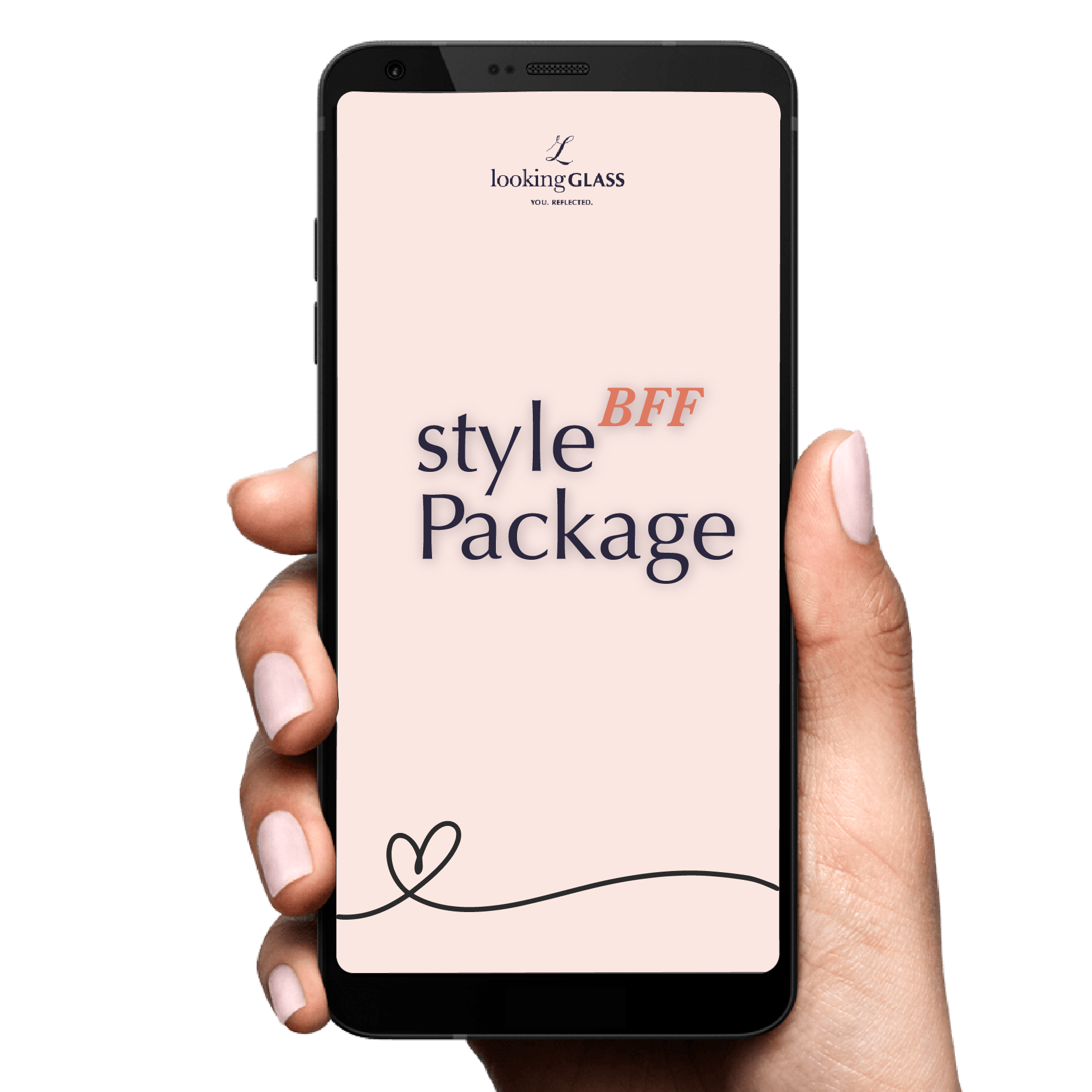
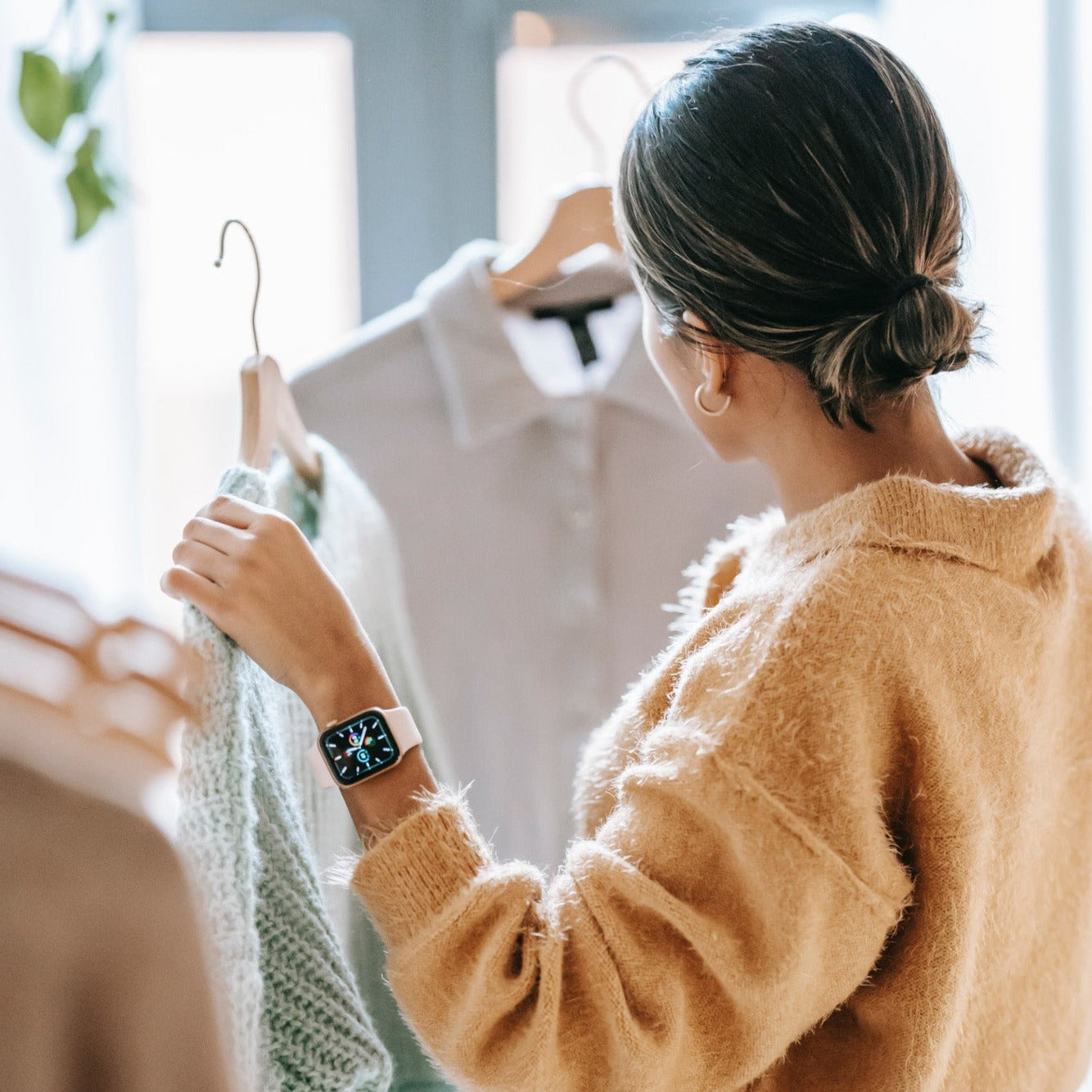
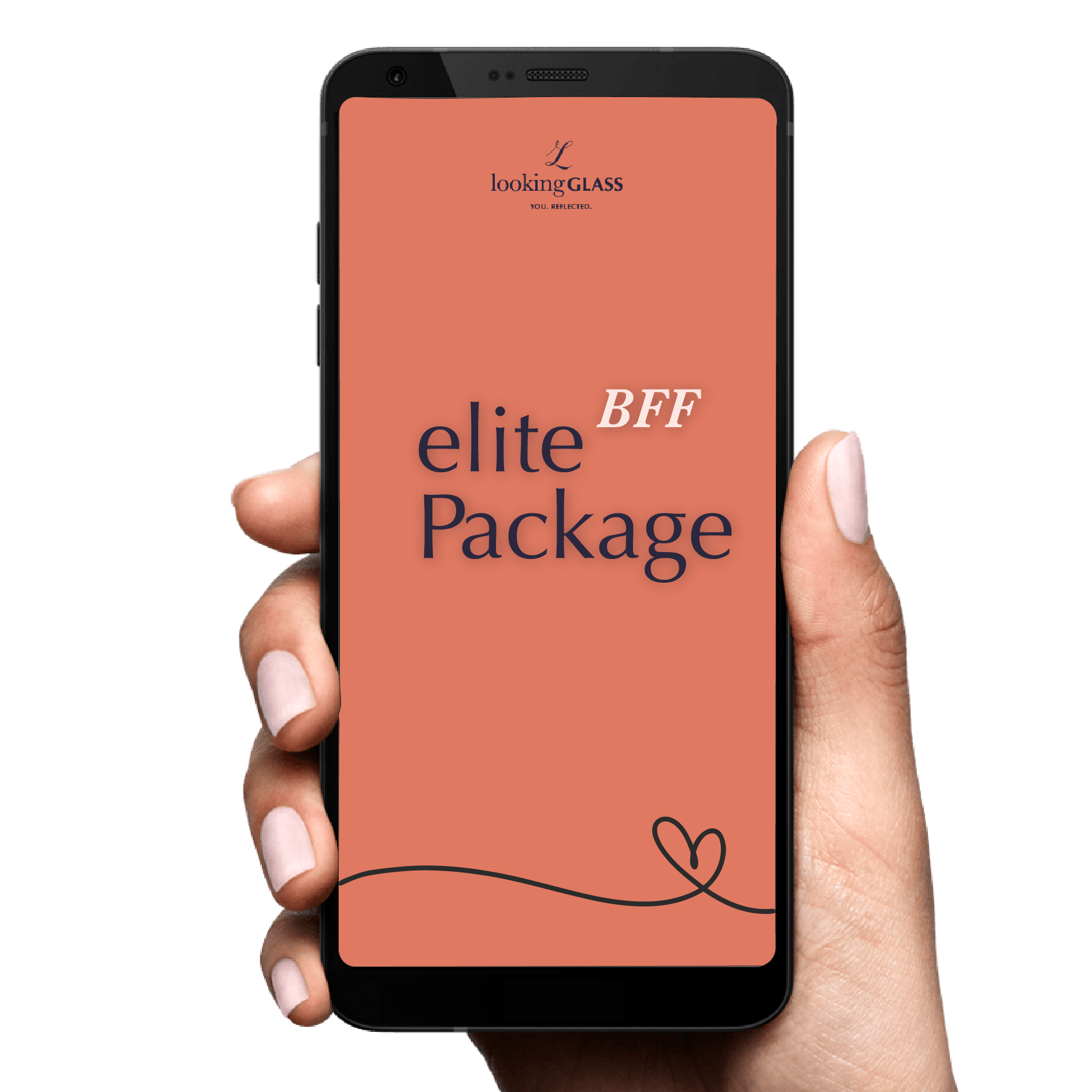
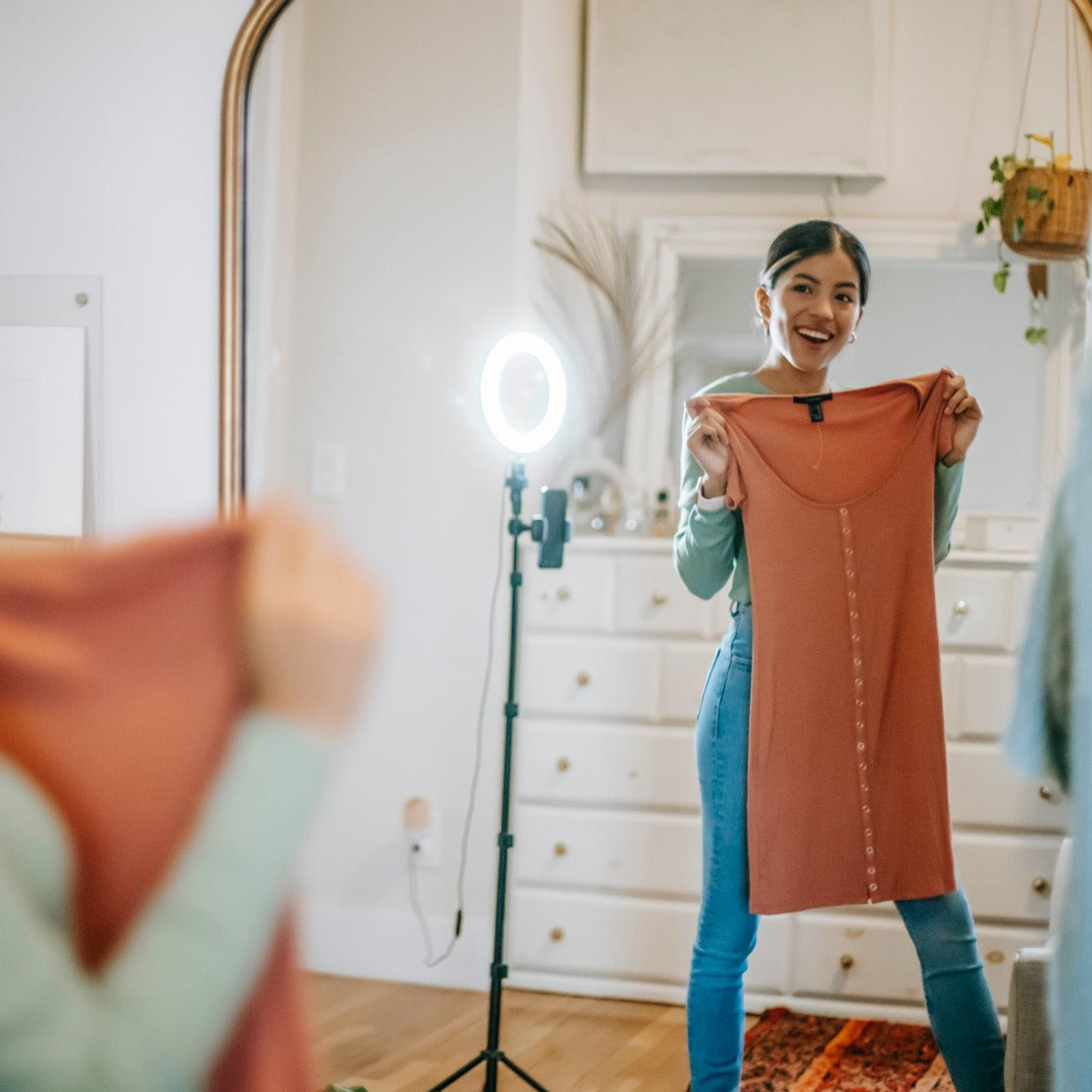
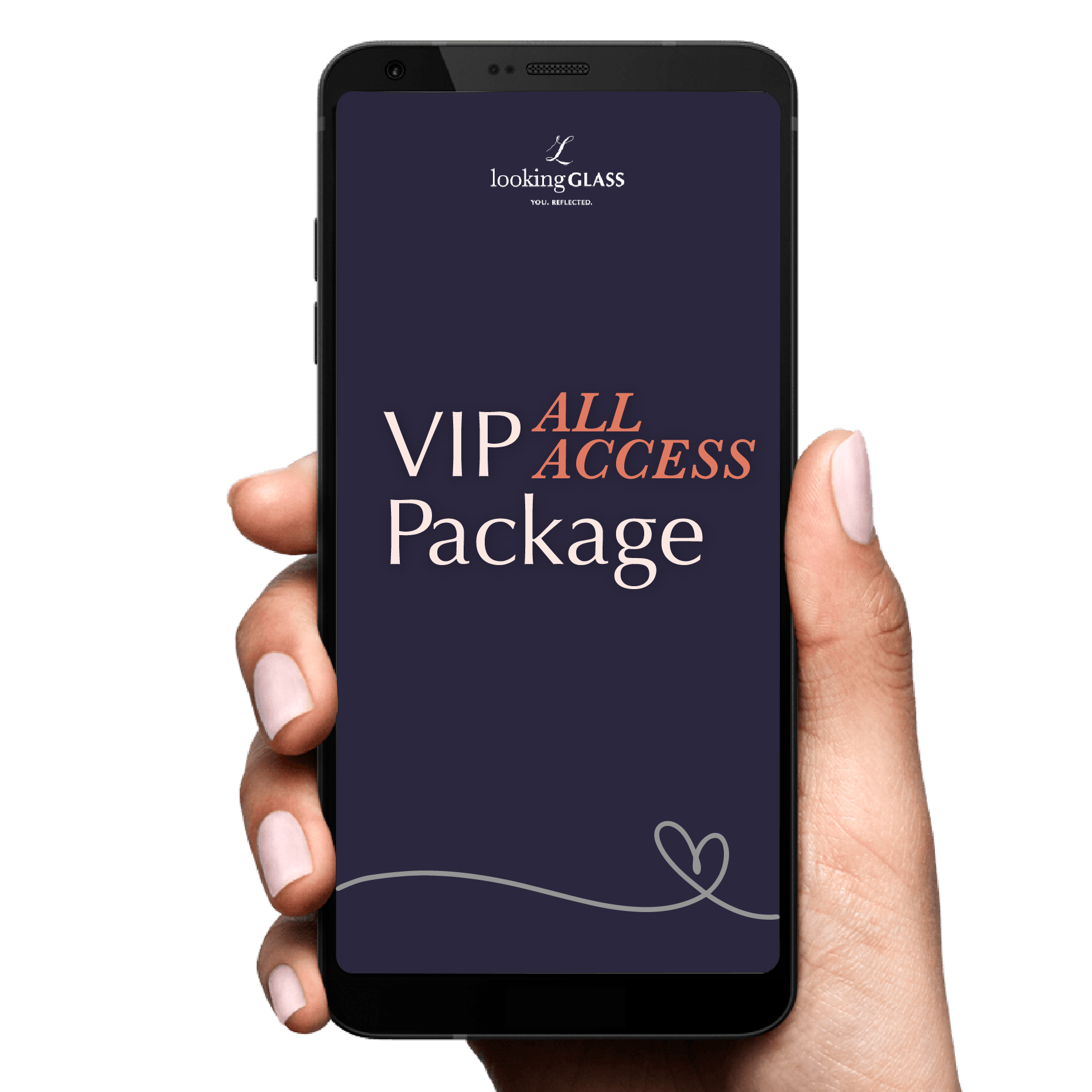
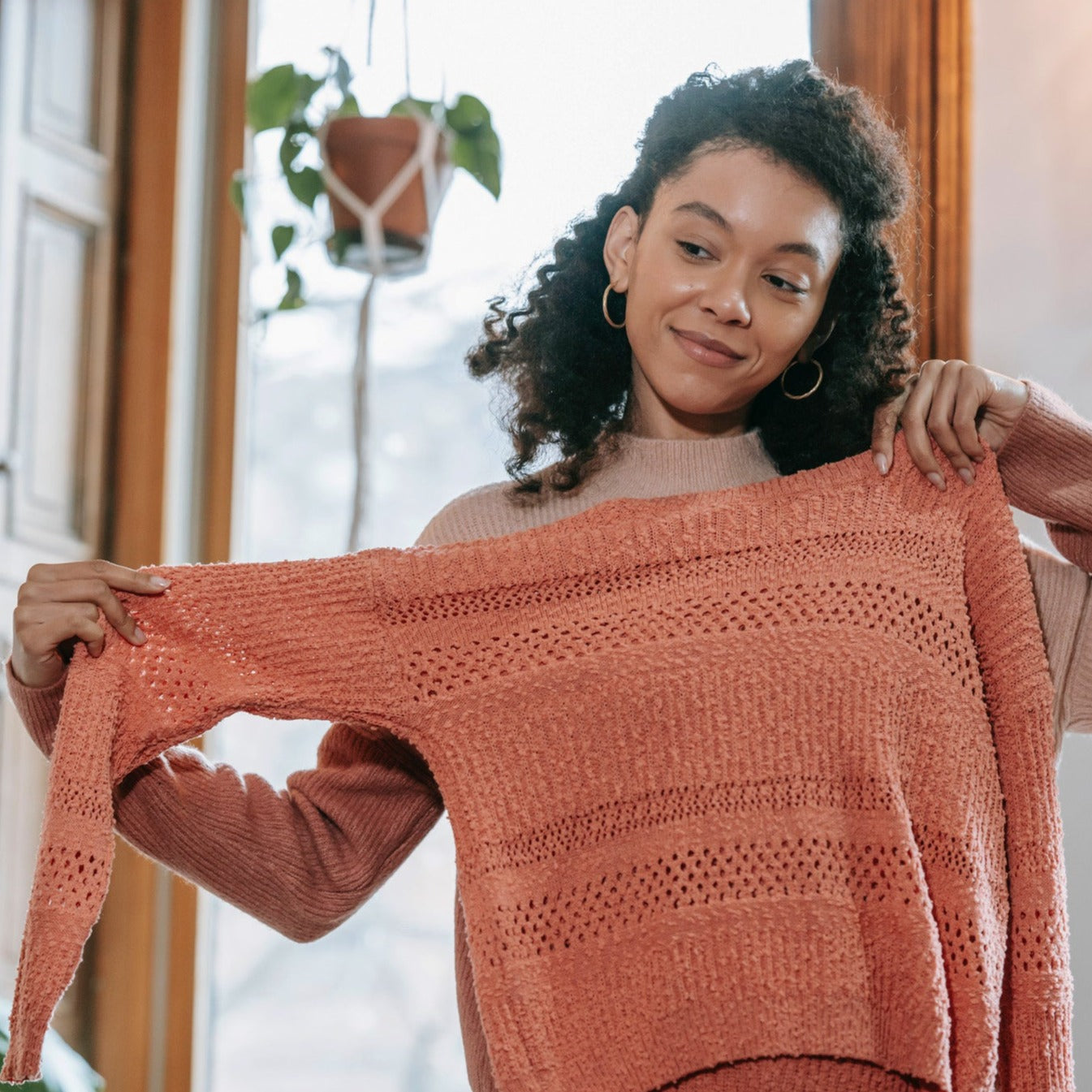
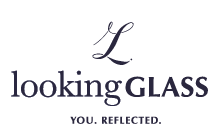
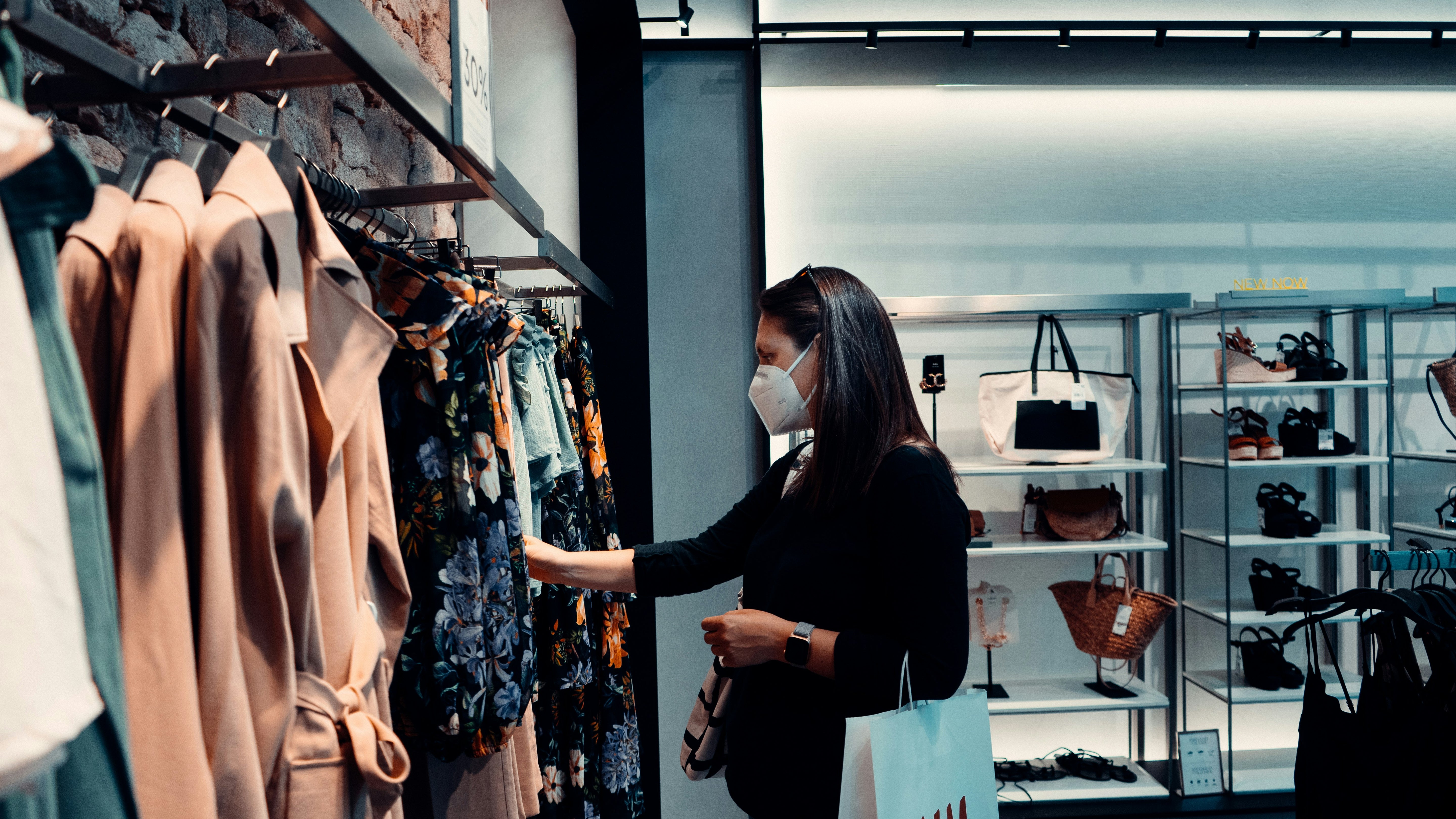
Leave a comment